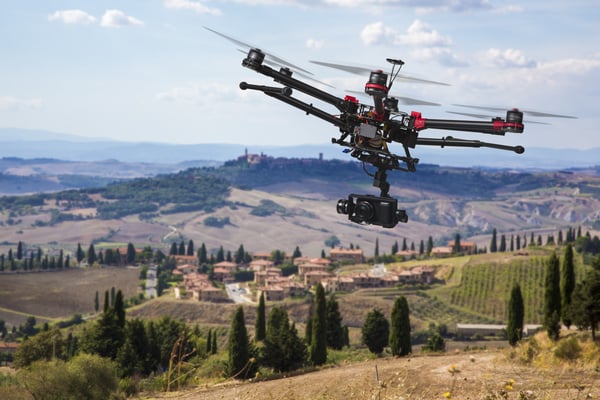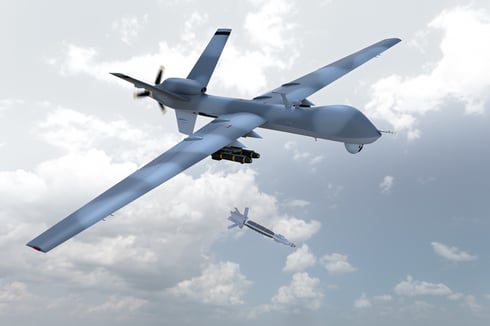Unmanned aerial vehicles, commonly referred to simply as UAVs, are machines that can fly without the aid of a human pilot. These aircraft, or drones, come in a variety of shapes and sizes and are employed in a wide range of applications, from agriculture to recreation.

Though initially developed for military work, their great versatility and ability to reach locations not accessible to humans have made them immensely popular for surveillance applications, photography, scientific data collection, and disaster relief operations, among many others. The online retail giant Amazon may soon be deploying drones to deliver packages. While there are some concerns regarding drone regulation, especially in the civilian sphere, it’s safe to assume that the technology is here to stay and will continue to find uses across a diverse range of industries.
To ensure optimal drone performance and safety, it’s critical to employ high-quality airflow and cooling devices.
Drone Airflow
The propeller is essentially the heart of a UAV, giving the machine its ability to fly. The propeller is a collection of airfoils, similar to airplane wings, that are employed to generate sufficient lift in order to propel the drone upward. The angle of the propeller blade is a key design element, along with the weight of the blade itself. The design angle allows a rotating propeller to push air downward, and the resistance offered by the air pushes the propeller, and the attached drone, upward.
To think of it in other terms, the rotating propeller causes the air above it to have a higher speed. By Bernoulli’s principle, this velocity is accompanied by a pressure drop, which conserves energy, and the low pressure lifts up the drone. Proper blade angle design, along with correct blade weight and size, are essential for successful drone operation.
Drone Cooling
 Overheating — and subsequent engine failure — is the most common cause of drone failure. This can be especially dangerous in military-grade drones, in which failure may cause a UAV to fall in a hostile territory, giving them access to sensitive information. Plus, losing a military drone can come with a price tag around $2 million.
Overheating — and subsequent engine failure — is the most common cause of drone failure. This can be especially dangerous in military-grade drones, in which failure may cause a UAV to fall in a hostile territory, giving them access to sensitive information. Plus, losing a military drone can come with a price tag around $2 million.
Even in civilian applications, drones are expensive pieces of equipment. Losing a drone can come with serious consequences, and may even result in injuries or property damage. Proper UAV thermal management, therefore, is imperative. In fact, adequate cooling is the key to long rotary engine life.
Pelonis Products With Drone Capability
Specializing in the manufacture of industrial fans, motors, and blowers, Pelonis Technologies, Inc. (PTI) is proud to offer an array of high-performance products that can aid in the cooling of UAVs.
Our DC fans feature high-quality bearings that ensure a long life span and allow for silent operation. The unique multi-blade design allows for increased airflow while providing protection against high temperatures, vibration, dust, and water.
The smaller, significantly lighter micro fans, meanwhile, are ideal for heat reduction in low-power applications. The lighter design ensures higher energy efficiency and a long operating life, even under power and space constraints.
Alternatively, micro blowers utilizing axial air gap technology eliminate power loss at higher temperatures and are smaller and more energy-efficient than traditional blowers. In addition to use in UAVs, these miniature fans and blowers are often employed in other military-grade integrated cooling applications, such as combat helmets.
Learn More
As drone technology becomes more and more ubiquitous, it’s critical to make use of high-quality, reliable cooling and airflow devices to ensure optimal safety and performance. The team at Pelonis is proud to be at the forefront this essential technology, providing top-quality fans and blowers to facilitate highly efficient cooling in various types of unmanned aerial vehicles.
To learn more about our drone technologies or discuss options for your specific application, reach out the team today.






